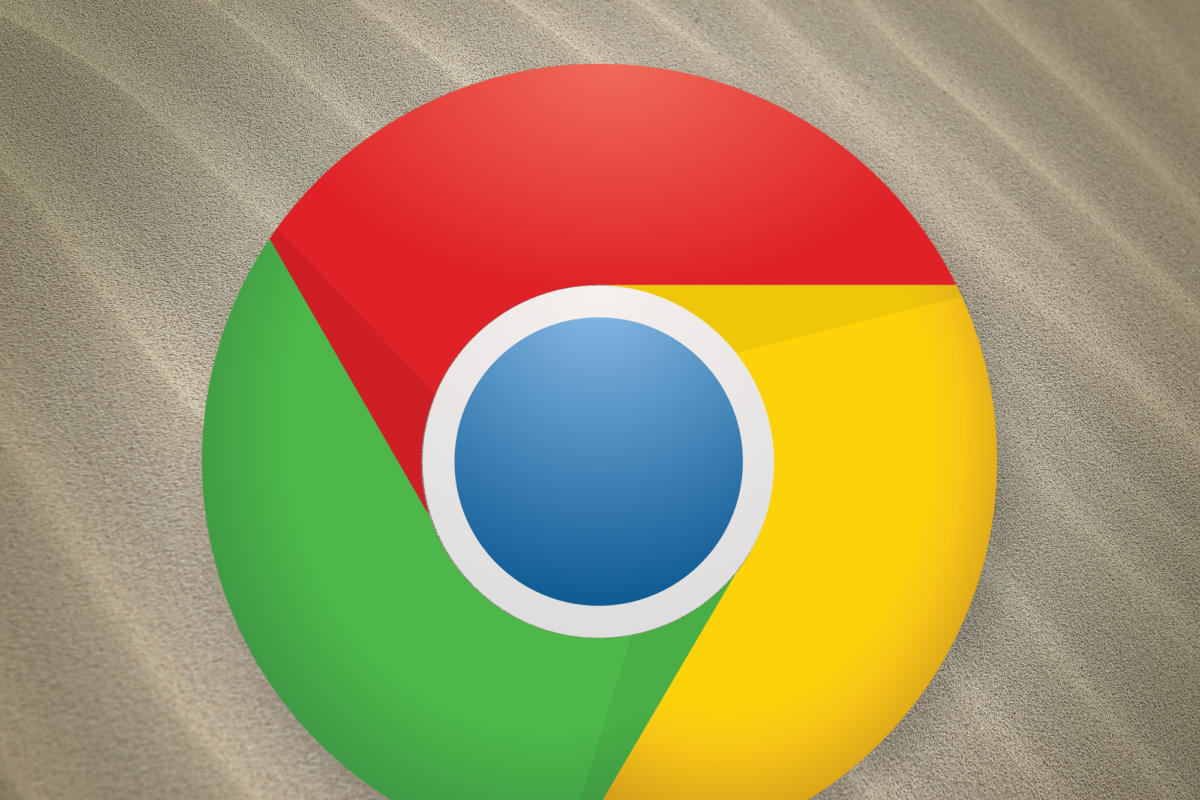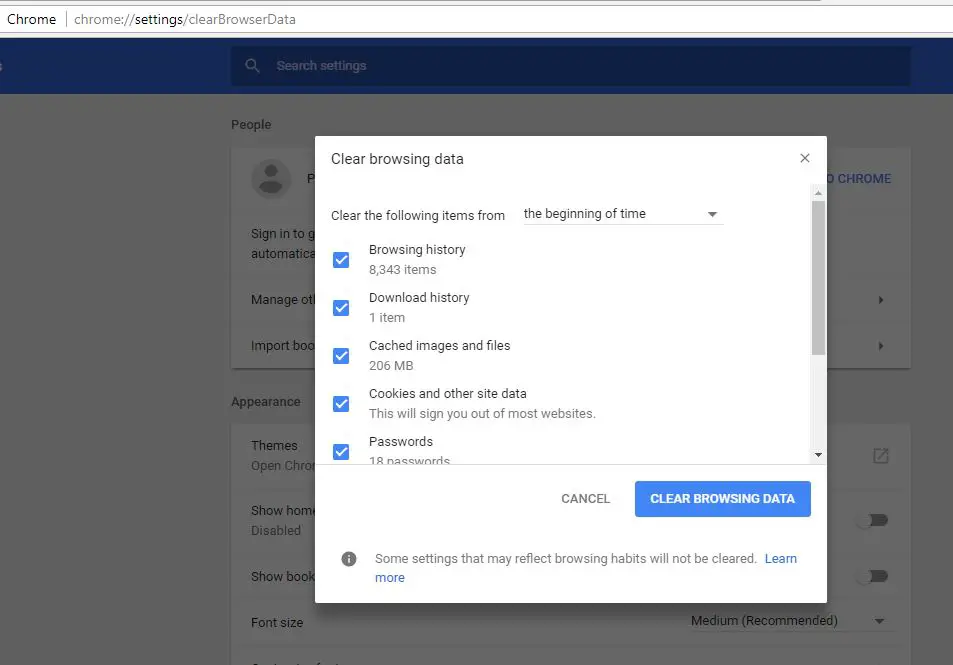
Maybe even add a piece of personal advice what you think that smart extensions are for a specific browser.

I mean that articles who are written this well maybe even significantly longer even. So please write more about Brave (and other browsers) settings. It feels like I want to know much more about this subject. It reads really smooth and understanding what it all about made quite easy. -enable-low-end-device-mode - This enables low end device mode which improves memory consumption of the browser.įirst let me start with thanking you Ashwin, with this excellently written article.
#How to make computer faster chrome how to#
See How to use a RAM disk in Windows and check out our overview of free RAM disk programs for Windows. The number in the example sets the cache to 100 Megabytes. -disk-cache-dir=z:\brave\ -disk-cache-size=104857600 - You may move the disk cache to a faster drive or a RAM disk (if you have plenty of RAM).Useful if you open multiple pages of a single site as it will reduce RAM usage. If you notice that your devices hit the available RAM limit regularly, you may want to load Brave with the -process-per-site parameter to use a single process per site instead. -process-per-site - Brave puts every page you open in the browser in its own process.Add the parameters to the end of the Target field and click ok to save the changes. Note that you need to right-click on Brave a second time in the menu if you right-click on the Brave icon in the taskbar. On Windows, you simply right-click on the Brave shortcut on the desktop or Start and select Properties. You may either run Brave from the command line and specify the parameters, or edit the shortcut that points to Brave to permanently use the parameters.

These are supplied on start and may modify certain features and settings of the browser that can't be changed in the browser's settings.

Use a prediction service to help complete searches and URLs typed in the address bar.Privacy and security - Consider disabling/modifying the following features to improve privacy:.Disable "WebTorrent", "Hangouts", and "IPFS Companion" if you don't use these. Allow Facebook logins and embedded posts.Allow Google login buttons on third-party sites.Social Media Blocking - Unless you use any of those openly, disable all options here:.You can check the "block scripts" setting as well to block scripts from running by default but that will lead to breakage and you having to create overrides for sites that don't work properly if JavaScript is disabled. Note that the feature is not as advanced as the blocking of scripts by NoScript or uMatrix. Shields - Brave's Shields feature blocks trackers and advertisement by default.Appearance - Enable "use wide address bar" to give the address bar a bit more room.Get Started - I prefer to load the previous session (Continue where you left off) but you may speed up the start of the browser by selecting "open the new tab page" or "open a specific page or set of pages".The settings are divided into a main and an advanced part, and it is a good idea to check them from top to bottom after initial installation. You can access the Brave Settings from the main menu or by loading chrome://settings/ directly. Tip: My Experience with the mobile version of Brave on Android.


 0 kommentar(er)
0 kommentar(er)
